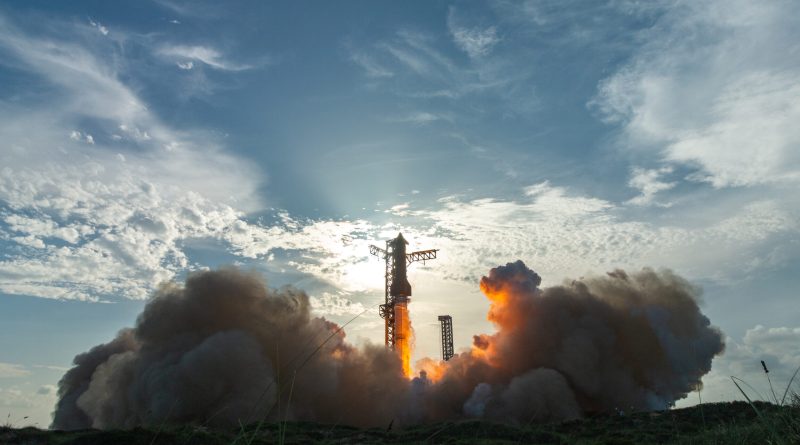Atlas V delivers ViaSat-3 F2
At 10:04 PM Eastern Time on the night of November 13th, a United Launch Alliance Atlas V rocket lifted off from Space Launch Complex 41 out of Cape Canaveral Space Force Station in Florida, carrying the ViaSat-3 F2 spacecraft into a geosynchronous transfer orbit.
Read More


































